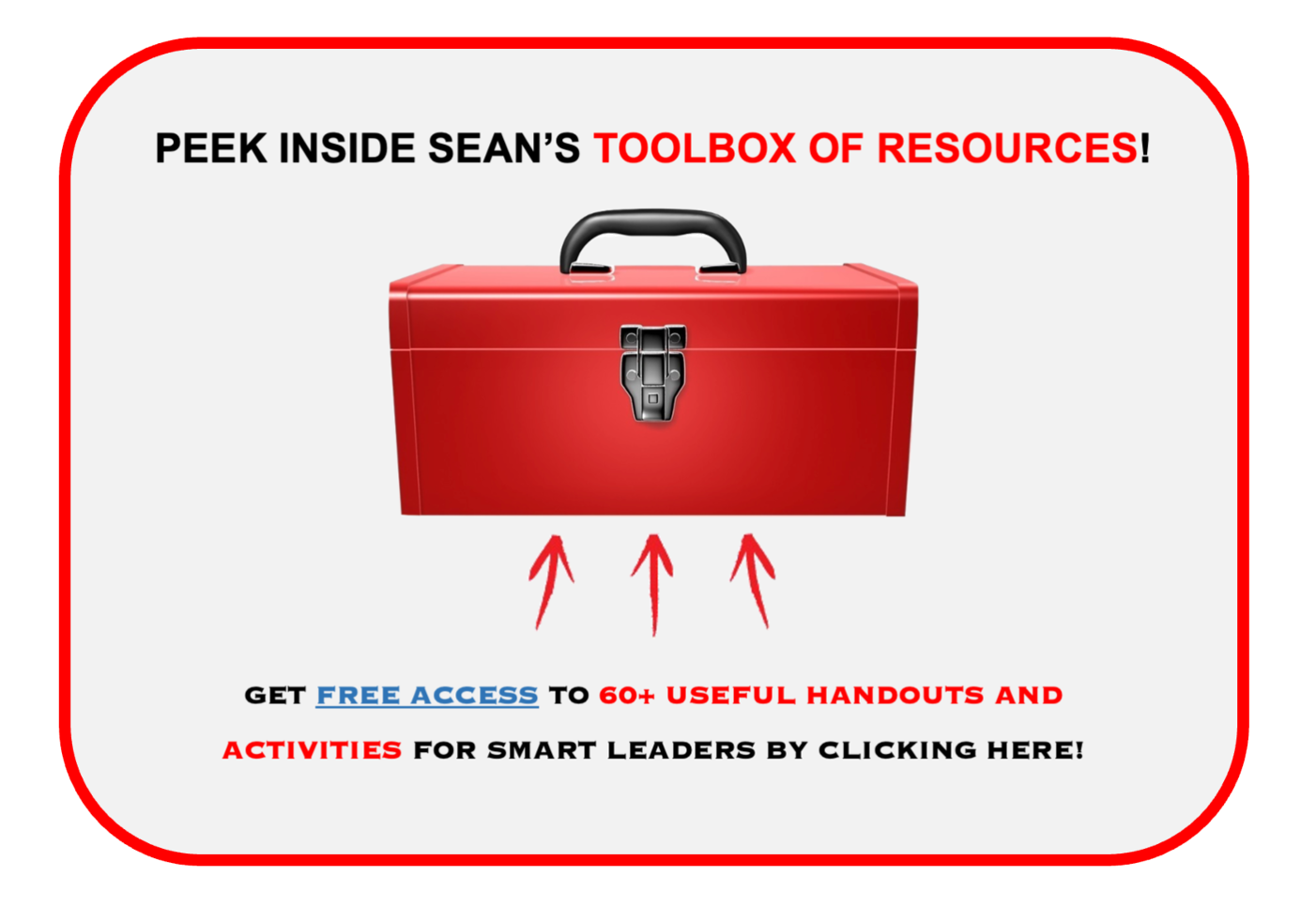A lack of conflict on your team can be a real problem.
When teams put their head in the sand or bite their tongues regarding issues, that can be a sign of a need for more psychological safety and trust between team members.
Because conflict is inevitable in any team.
But how you handle it can make all the difference.
The ability to navigate and resolve conflicts effectively is crucial to maintaining morale, fostering collaboration, and driving productivity within your team or organization.
While disagreements can be left unresolved without major repercussions, conflicts require careful handling to ensure they don’t fester and damage team dynamics.

So, to ensure your team maintains a healthy and productive workplace culture or honest and helpful communication, I would offer a list of things that you as leader can focus on.
Here are FIVE things YOU can do as a leader to deal with disagreements and resolve conflicts successfully on your team:
.
-
See the Difference Between Disagreement and CONFLICT
The first step in resolving team issues is understanding the distinction between a disagreement and a conflict. A disagreement is a difference of opinion or perspective, and it doesn’t necessarily need to be resolved. These are usually low-stakes and don’t have lasting consequences on team performance.
For example, two team members may disagree on who the best college basketball team is… or the best approach to a project. But if they can acknowledge each other’s viewpoints and move forward, it won’t disrupt the team’s cohesion or productivity. In fact, healthy disagreements can foster creativity and innovation by bringing diverse ideas to the table.
On the other hand, conflict goes deeper. Conflict involves a personal desire that meets an obstacle, which may create personal grievances. Unlike disagreements, conflicts cannot be brushed aside because they have the potential to erode trust, reduce morale, and impact team performance if left unresolved. Addressing conflicts head-on is essential for maintaining a healthy and productive work environment.
.
-
Recognize the Dangers of Silence… and Violence
When conflicts arise, many people default to one of two ineffective responses: silence or violence. Silence involves avoiding the conflict altogether, hoping it will resolve itself over time. This approach often leads to unresolved issues simmering beneath the surface, only to explode later.
The longer a conflict remains unaddressed, the more difficult it becomes to resolve, as resentment builds and relationships deteriorate.
On the other end of the spectrum is violence—this doesn’t necessarily mean physical aggression but can include verbal attacks, passive-aggressive behavior, or other forms of hostile communication. Responding to conflict with aggression only escalates the situation, leading to further division and damage to team relationships.
Neither silence nor violence is a viable solution. To effectively resolve conflicts, leaders must foster an environment of psychological safety where open, respectful communication is encouraged, and conflicts are addressed directly and constructively.

.
-
Clarify The “What” and the “Why” of Conflicts
When conflicts arise, it’s essential to resolve them – and that begins with diving beneath the surface to understand the core desires driving the conflict.
Every conflict involves two elements:
- The “What”—the specific request or demand being made
- The “Why”—the intended outcome or underlying need.
While the “What” is often the most visible part of the conflict, the “Why” is where the true resolution lies. For example, imagine two team members are in conflict over the allocation of resources for a project. One person demands more budget (the “What”), but the underlying desire might be the need to ensure the project’s success to advance their career (the “Why”).
By focusing on the “Why,” a leader can explore alternative solutions that address the core need while potentially satisfying both parties. Asking the right questions is crucial in this process.
A simple but powerful question like, “How might we achieve that and make both parties happy?” can open the door to creative problem-solving.
By prioritizing the “Why,” you can measure the value of any proposed solution by how well it satisfies the intended outcome, rather than merely addressing the surface-level demand.
.
-
See Confrontation as An Opportunity for Growth
Confrontation is often seen as something to be avoided, but in reality, it’s an emotionally charged request to deal with an issue that’s impacting team dynamics. When approached correctly, confrontation can be an opportunity for growth.
The key is to handle confrontations with empathy, clarity, and a focus on resolution.
Begin by acknowledging the emotions involved—both your own and those of the other party. Recognize that emotions are a natural part of conflict and that addressing them is an important step in the resolution process. Then, clearly define the issue at hand and express your desire to find a solution that works for everyone involved.
If you aren’t familair with it, you can use the POINT FEEDBACK MODEL to make difficult conversations far more productie!
It’s also important to approach confrontation with a mindset of curiosity rather than judgment. Seek to understand the other person’s perspective and be open to the possibility that their concerns may be valid.
By framing the confrontation as a collaborative effort to resolve the issue, rather than a battle to be won, you can transform it into a positive and constructive experience.
.
-
Follow-Up to Ensure Long-Term Success
Resolving a conflict doesn’t end with finding a solution. To ensure long-term success, it’s critical to follow up and check on the effectiveness of the resolution. Without follow-up, there’s a risk that the conflict could resurface or that the solution may not fully address the underlying issues.
Set a specific time to revisit the conflict and assess how well the agreed-upon solution is working. This follow-up meeting should be a safe space for all parties to share their experiences and make adjustments if necessary. It also demonstrates a commitment to staying coachable and continuous improvement – reinforcing the idea that conflicts are opportunities for growth, rather than obstacles to be feared.
By regularly checking in, you can prevent conflicts from going back under the table and ensure that your team remains aligned, engaged, and productive.
.

.
The Benefits of Inviting and Resolving Conflict
Inviting and resolving conflict isn’t just about putting out fires…
It’s about fueling team growth.
When handled correctly, conflict can lead to stronger relationships, more innovative solutions, and a more cohesive team. By encouraging open communication and addressing conflicts head-on, you create an environment where team members feel valued, heard, and empowered to contribute their best work.
THAT MEANS HAVING A TEAM AGREEMENT TO:
- go directly to the person when we have a conflict (no gossiping)
- listen to understand and remain curious about their perspective
- be direct, honest and respectful in sharing our issue.
Moreover, a team that knows how to navigate conflict effectively is more resilient in the face of challenges. They’re better equipped to handle external pressures, adapt to change, and stay focused on their shared goals. In this way, conflict becomes a catalyst for continuous improvement and sustained success.

Transform Conflict into a Catalyst for Success
Conflict is an inevitable part of working in a team, but it doesn’t have to be destructive. By understanding the difference between disagreements and conflicts, clarifying the core desires behind the conflict, and addressing it with empathy and clarity, you can transform conflict into a powerful catalyst for growth and success.
As a leader, it’s your responsibility to foster an environment where conflicts are addressed constructively and where team members feel empowered to express their concerns and collaborate on solutions. By doing so, you’ll not only resolve conflicts more effectively but also strengthen your team’s dynamics, enhance their productivity, and ultimately drive better results for your organization.
If you’re looking to take your team’s performance to the next level, consider bringing in a seasoned expert to guide the way. Sean Glaze is an experienced and interactive speaker and team building events facilitator who can help make your next professional development day a memorable and impactful success.
– – – – –
Sean Glaze is an engaging team building speaker and interactive facilitator who helps organizations develop more effective leaders and build more positive and profitable workplace cultures.
more effective leaders and build more positive and profitable workplace cultures.
Sean is the author of four books, The Unexpected Leader, Rapid Teamwork, The 10 Commandments of Winning Teammates, and Staying Coachable – each one an entertaining parable with powerful take-aways for team growth and leadership!
What issues are YOU dealing with that would disappear if you could build an exceptional team culture that inspired connection, accountability, and a team-first attitude?


